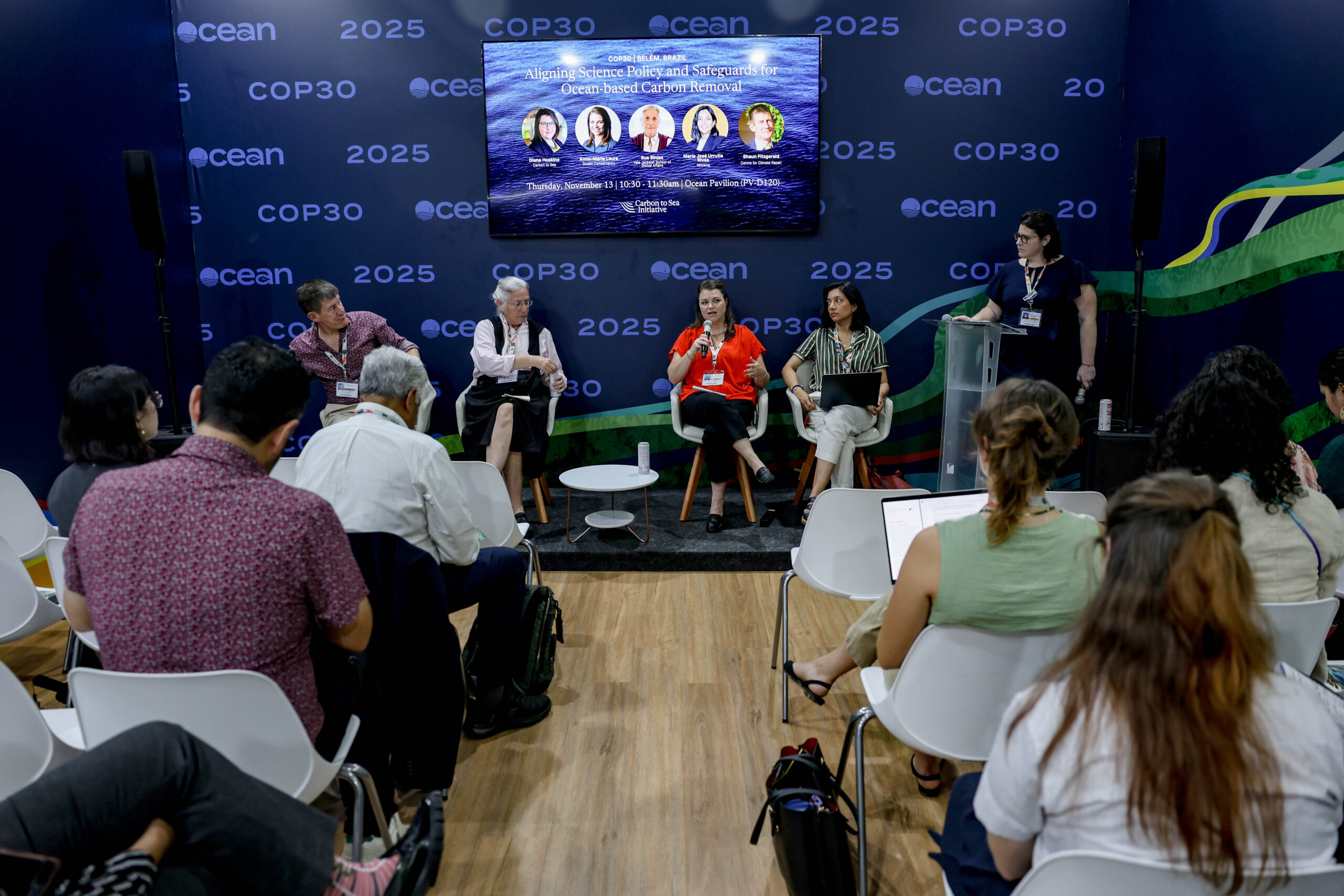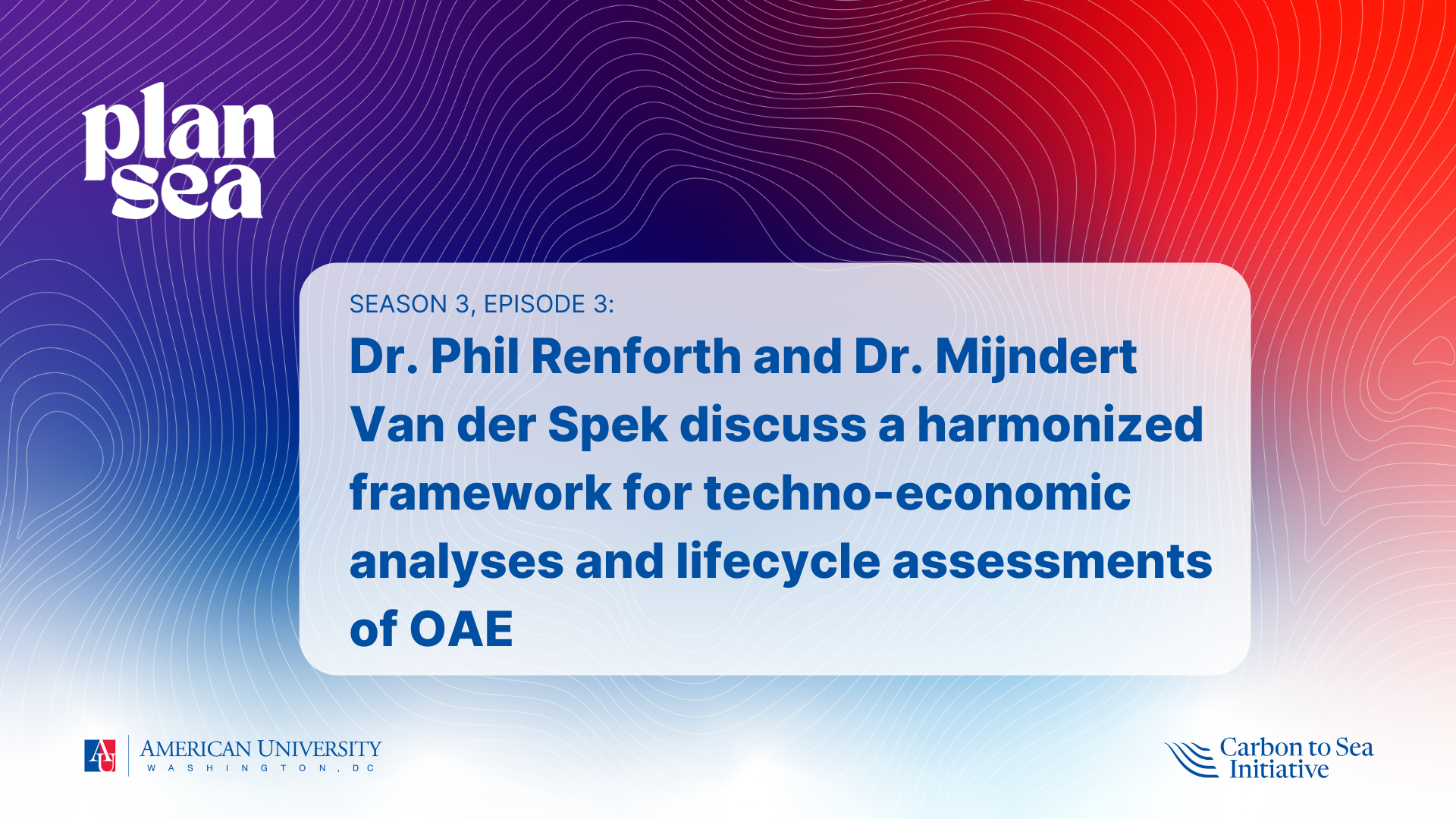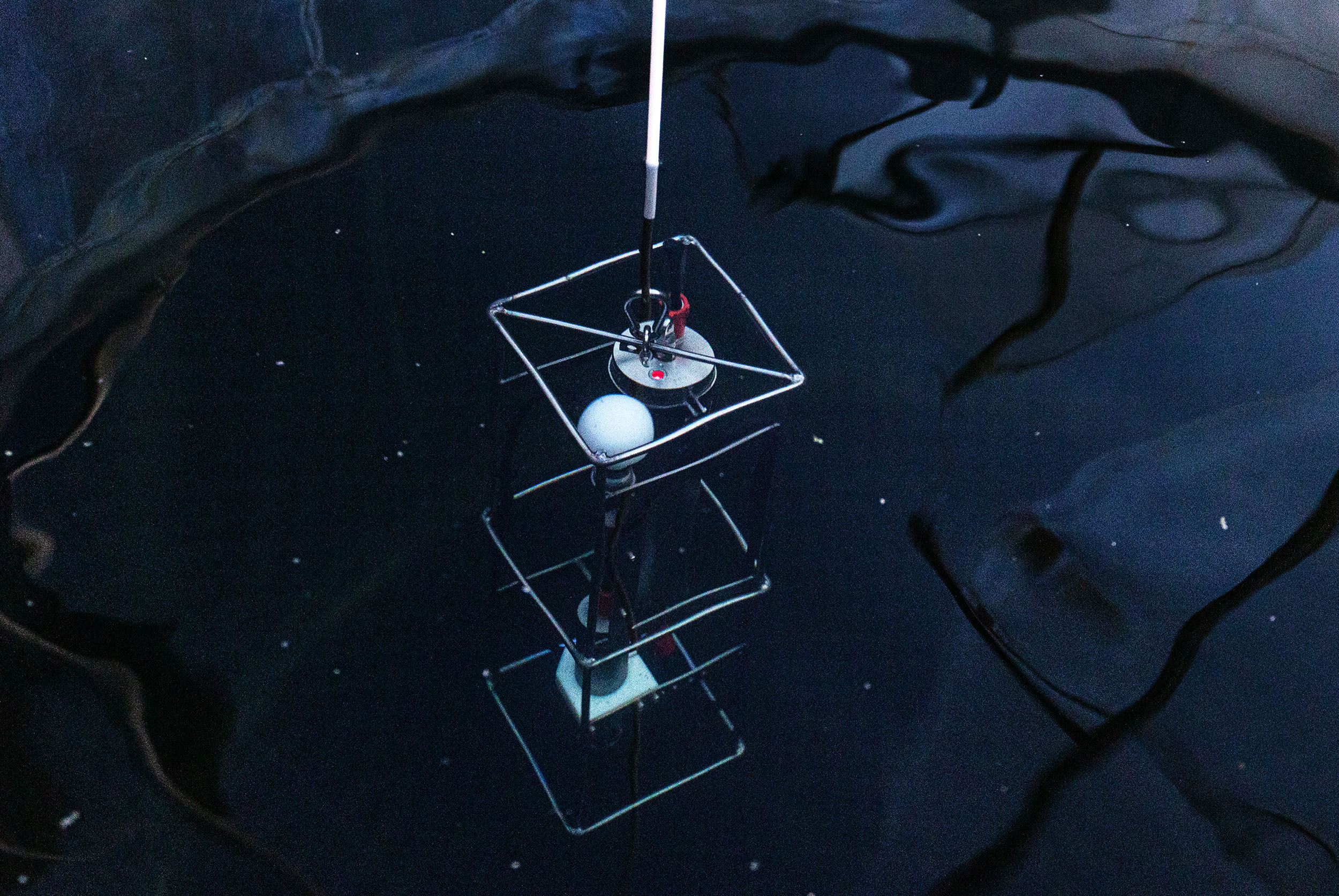Last year, Carbon to Sea and COVE announced a joint learning opportunity to support research and field-building for ocean alkalinity enhancement (OAE) projects in the Bedford Basin of Halifax, Canada. Carbon to Sea recently spoke with Dr. Chris Algar from Dalhousie University, who is conducting foundational OAE field research. Read his Q&A below to learn more about his work.
We previously highlighted the work of another joint learning opportunity recipient, Sequoia Scientific (HERE), and the OAE research being led by Woods Hole Oceanographic Institution’s Adam Subhas (HERE).
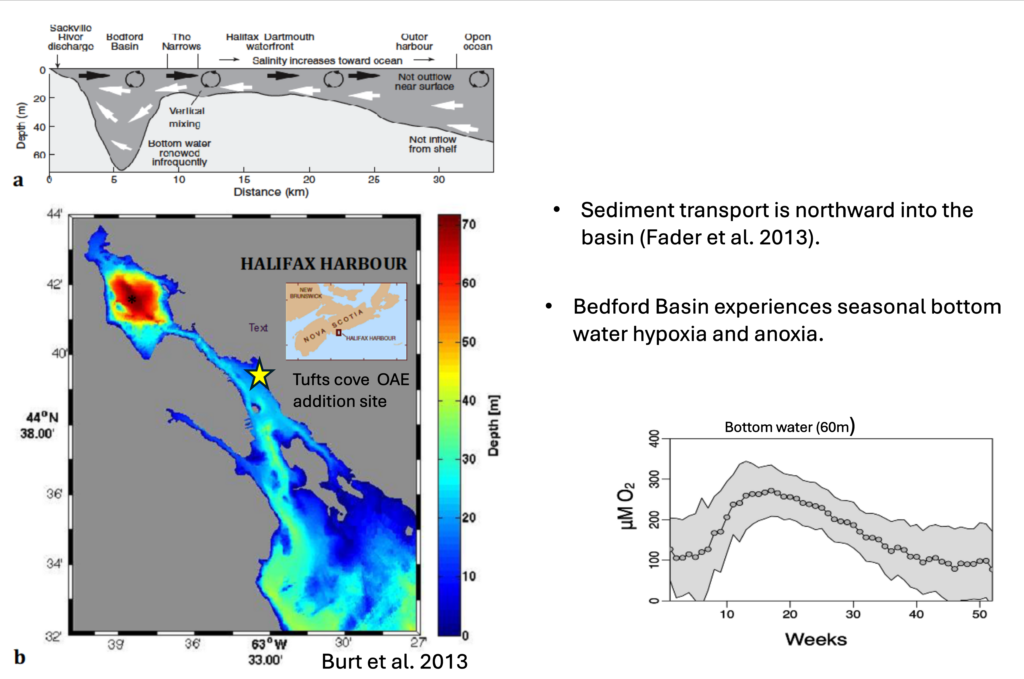
What excites you about your work?
As a sediment biogeochemist and Halifax resident, I’m passionate about our harbor and its potential role in curbing the effects of climate change. There’s a long history of trying to protect the Halifax Harbor, whether through coastal clean up or sewage treatments, so I think of this work as part of that effort. By studying ocean-based carbon dioxide removal (oCDR), we’re trying to protect the harbor and the planet long term. At a time when the headlines around climate change are often discouraging, it’s inspiring to be involved in the search for a solution.
That’s also why the main focus of my research is environmental safety — if oCDR is going to be part of our climate strategy, we need to ensure we aren’t causing any new environmental harm in the process. This partnership with Planetary Technology is important to advance our understanding of how alkalinity addition impacts the seafloor’s benthic communities. It’s rewarding to have the chance to lead a project that has such a sense of urgency, as well as the potential for scientific innovation and broader societal impact.
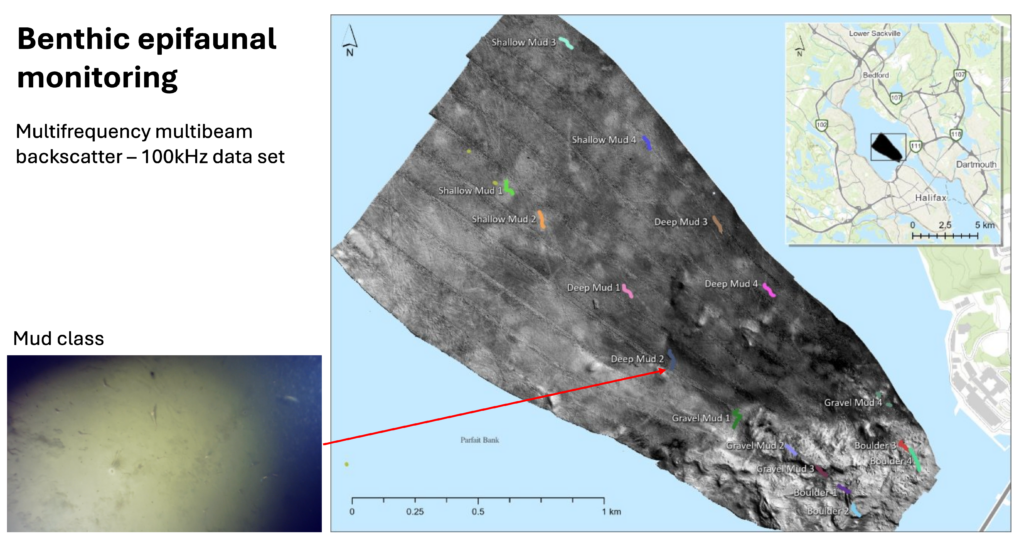
What inspired you to apply for the joint learning opportunity, and why is this a unique opportunity for your work?
I’ve been conducting research in the Bedford Basin for years, but the joint learning opportunity has allowed me to study aspects that weren’t feasible on my own. Before, I was only able to examine the net impacts of geochemical processes on the benthic community. The ability to work with a larger team of Dalhousie researchers including Drs. Julie LaRoche and Craig Brown has enabled me to actually examine individual benthic organisms living on the seafloor to get a better understanding of the impacts at all stages of the OAE process.
This is also a unique opportunity because these are effects that aren’t possible to study in the lab alone. The harbor has a natural alkalinity flux from the sediment that impacts the biogeochemistry of local benthic communities, and we’re looking to understand how the addition of alkalinity from OAE works in tandem with these natural processes. Responsible and monitored field research is essential for evaluating how OAE behaves in real-water conditions to impact the benthic community. The field trials Planetary is leading are setting a high-bar for how future research around the world can answer key questions about OAE in a controlled, rigorous, and environmentally-safe manner.
I feel fortunate that this opportunity allows me to spend more time out on the water and deepen my understanding of the geochemical processes and organisms that make up our harbor. It’s so satisfying to see the data as it comes back from the lab. Whether it confirms or contradicts my hypotheses, these findings help me fill in the gaps in our collective understanding.
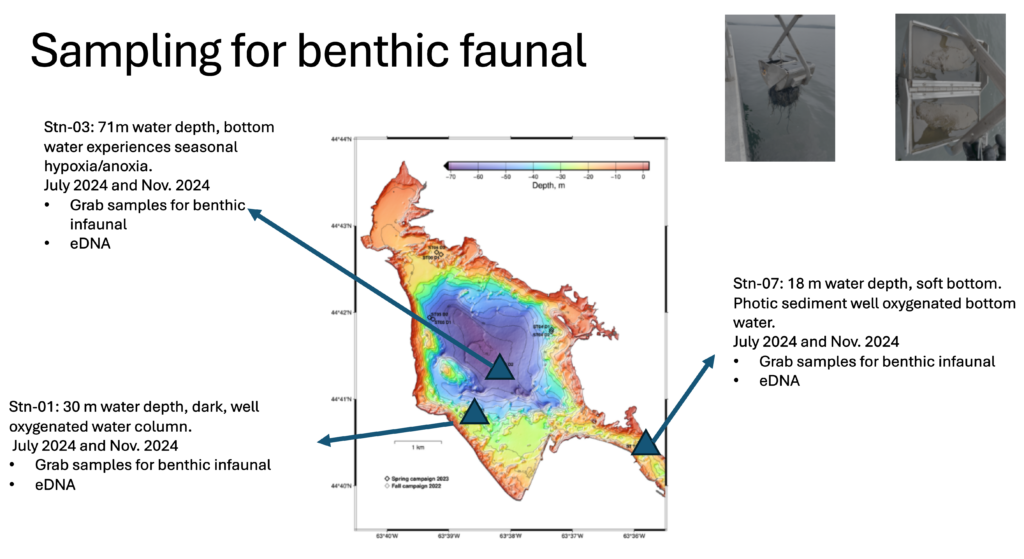
How does your research create momentum for OAE and oCDR more broadly?
Understanding the impact of OAE on marine ecosystems is key to evaluating its overall safety as a carbon removal solution. Field research on OAE has only just started in the last few years and this project is helping pioneer a new system for how to measure and evaluate the impact of OAE on benthic communities. If we’re successful, we’ll have developed a scalable scientifically-rigorous approach that can be used in future OAE projects, shaping emerging regulation of the field, and even measuring compliance for carbon credit markets if OAE someday reaches that stage.
The current method to identify benthic diversity is through manual identification. This means collecting samples from the seafloor, shipping it off to a lab, which then manually sorts and picks out every living organism. It’s highly labor intensive and can take months for scientists to carefully comb through the samples and identify the organisms. The first batch of our samples from Halifax Harbor will be sent to a lab for manual identification over the next few months.
In the meantime, my team is exploring eDNA sampling methods to collect data on the benthic community in other seasons and water conditions. This could potentially save months of time and work, over the traditional manual identification, and give a more complete picture of what’s happening in the benthic community as alkalinity is added. As R&D around OAE continues to grow, eDNA sampling may be key to helping researchers keep pace with the urgent need for effective carbon removal solutions without sacrificing the rigor of important environmental evaluation.

